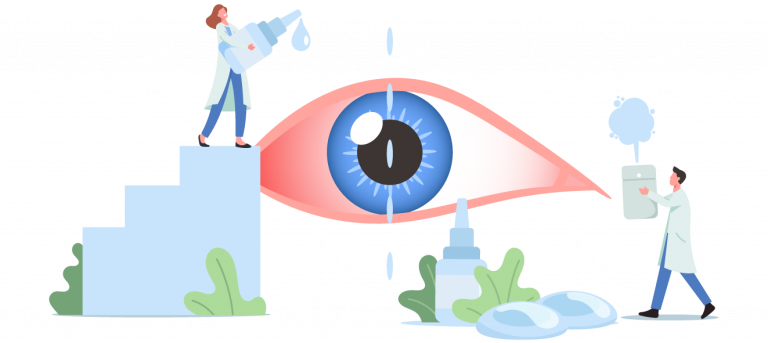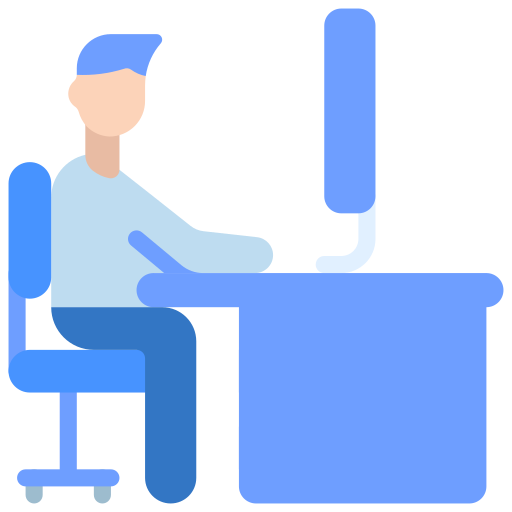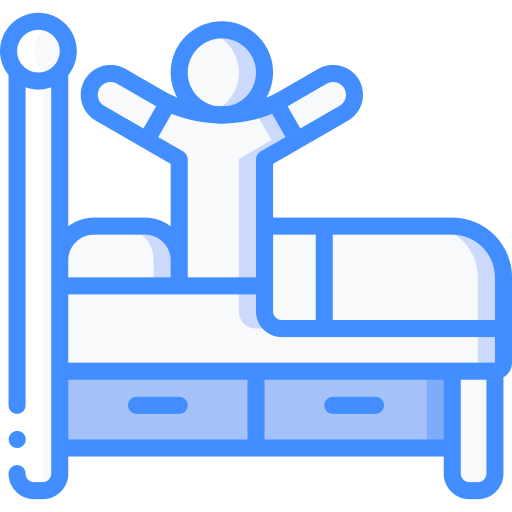Digital eye strain, also known as computer vision syndrome, is the physical discomfort that we feel in our eyes after sitting in front of a computer for too long. It’s often associated with our close proximity to screens – such as desktop and laptop computers, tablets, e-readers and cell phones – which emit blue light from their display screens into our eyes.
Spending hours at a time staring at a screen tends to reduce one’s blink rate, causing dry, irritated or itchy eyes.
93.5% of adults spend more than two hours a day using a digital device on average, and 77% report experiencing symptoms of digital eye strain!











